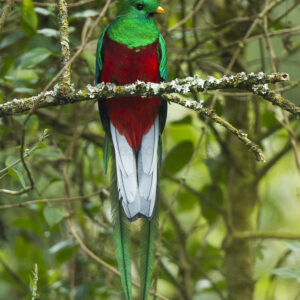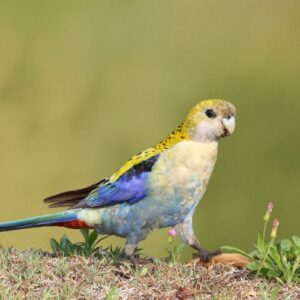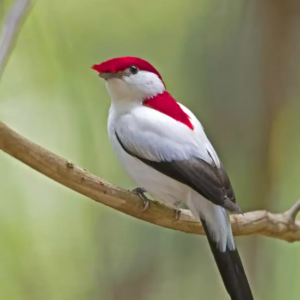In the vast tapestry of avian wonders, one species stands out for its breathtaking beauty and captivating colors – the Greater Blue-eared Starling. With its iridescent plumage and striking features, this African native has enchanted birdwatchers and nature enthusiasts alike. Join us on a journey to discover the remarkable characteristics and fascinating behaviors of this feathered gem.
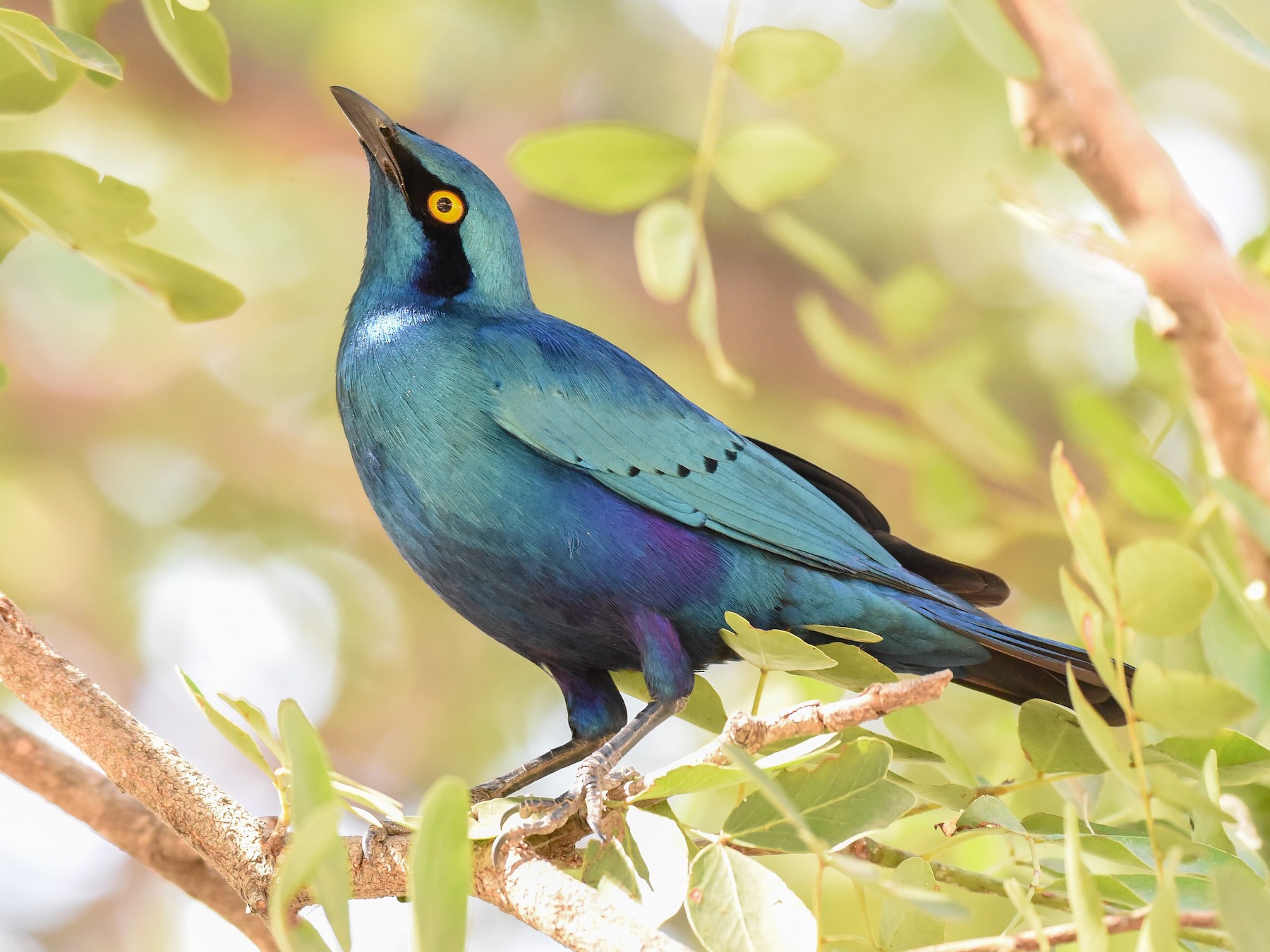
The Greater Blue-eared Starling, scientifically known as Lamprotornis chalybaeus, boasts an exquisite coat of plumage that mesmerizes the beholder. The dazzling blue hues adorning its head and back create a vivid contrast against the sleek black feathers on its underbelly. Nature’s palette has truly crafted a masterpiece in this avian wonder.
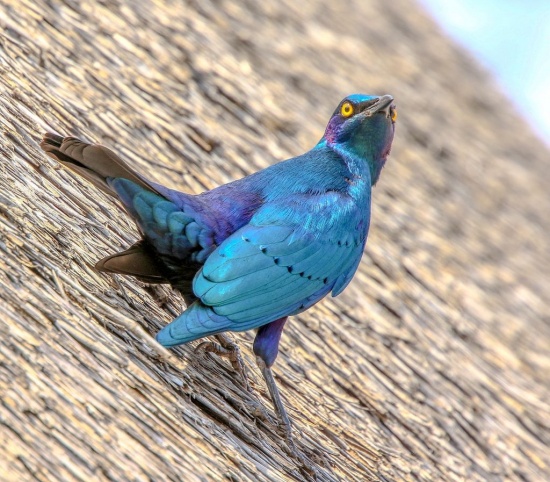
One cannot help but be enthralled by the Greater Blue-eared Starling’s gregarious nature. These birds are social creatures, forming large flocks that can consist of hundreds of individuals. Witnessing the synchronized movements of a flock, as they swoop and glide through the sky in perfect harmony, is a sight to behold. Their collective chatter and melodic calls fill the air, creating a symphony of avian communication.
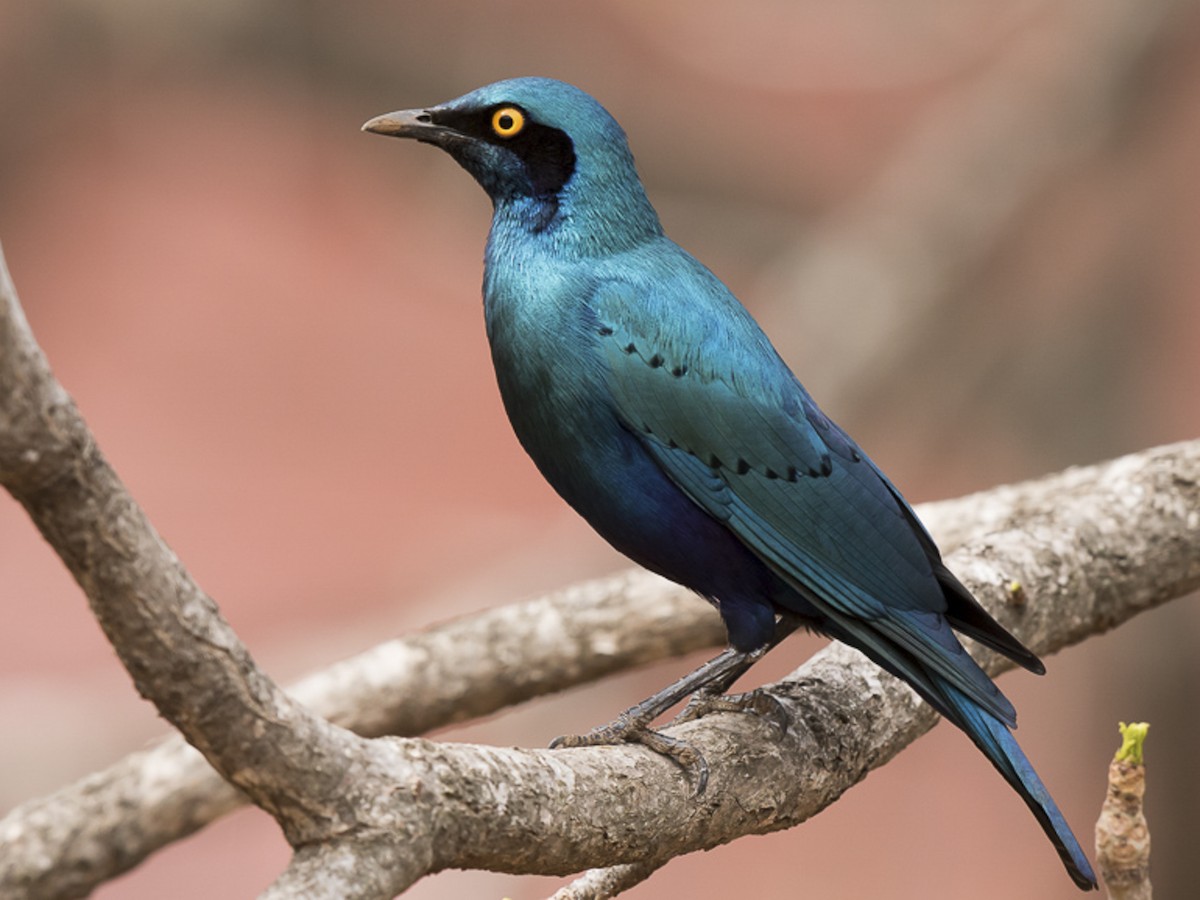
During the breeding season, the male Greater Blue-eared Starlings engage in elaborate courtship displays to attract potential mates. These displays involve intricate dances, fluttering wings, and a cacophony of calls. The male proudly showcases his radiant plumage, hoping to captivate the female’s attention and secure his place as a suitable partner. It is a testament to the lengths these birds go to ensure successful reproduction.
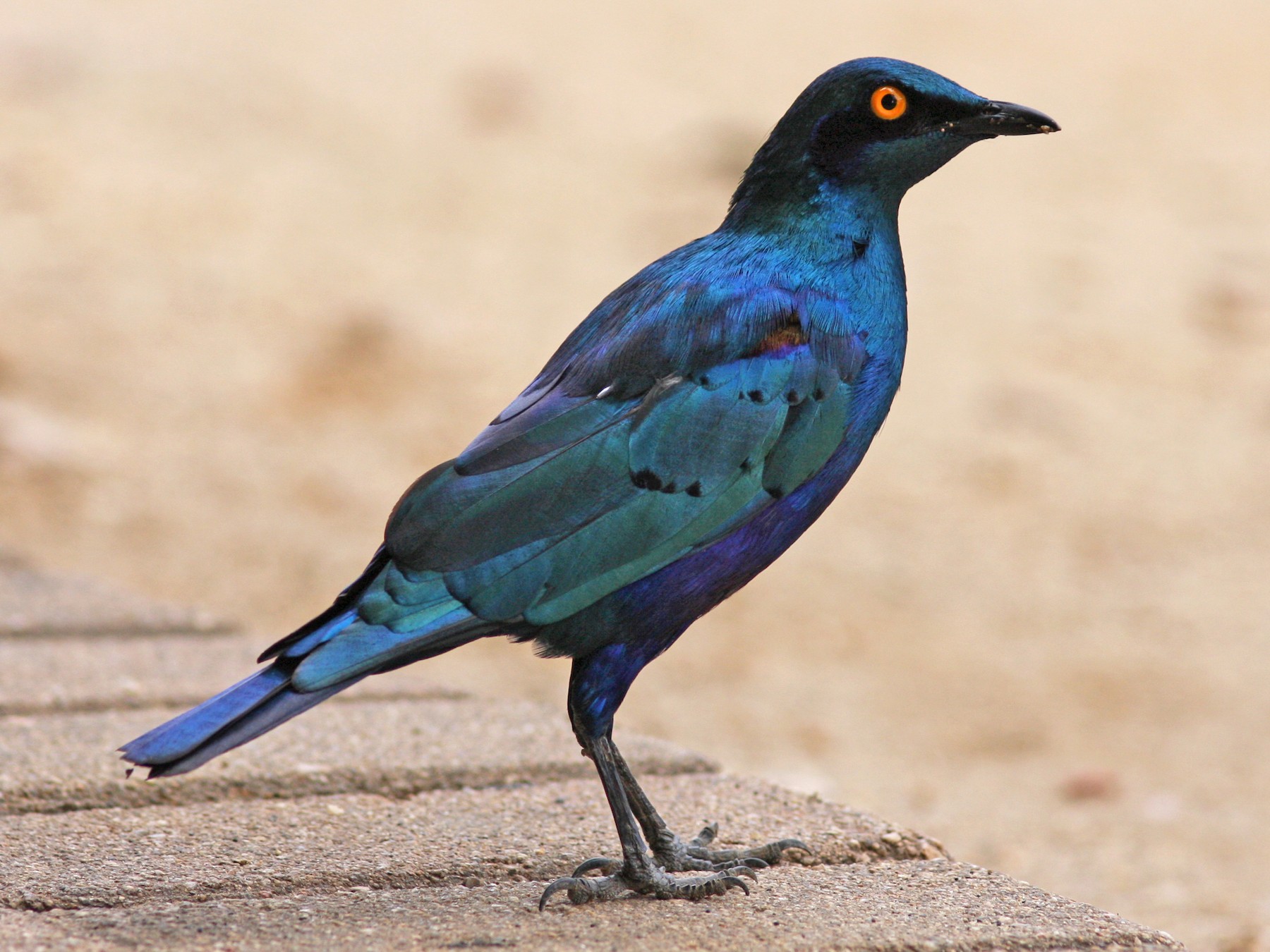
Beyond their aesthetic appeal, Greater Blue-eared Starlings play a vital role in their ecosystems. These omnivorous birds feed on a variety of insects, fruits, and seeds. As opportunistic foragers, they contribute to seed dispersal, aiding in forest regeneration. Additionally, their insect consumption helps regulate populations, maintaining a balance in the ecosystem. The Greater Blue-eared Starling, a true ecological multitasker.


Despite their abundance in certain regions, the Greater Blue-eared Starlings face threats and challenges. Habitat loss due to deforestation and urbanization poses a significant risk to their populations. Furthermore, the illegal wildlife trade continues to be a concern, as these stunning birds are sought after for their striking plumage. Conservation efforts, including protected areas and public awareness, are crucial to ensuring the survival of this avian jewel.
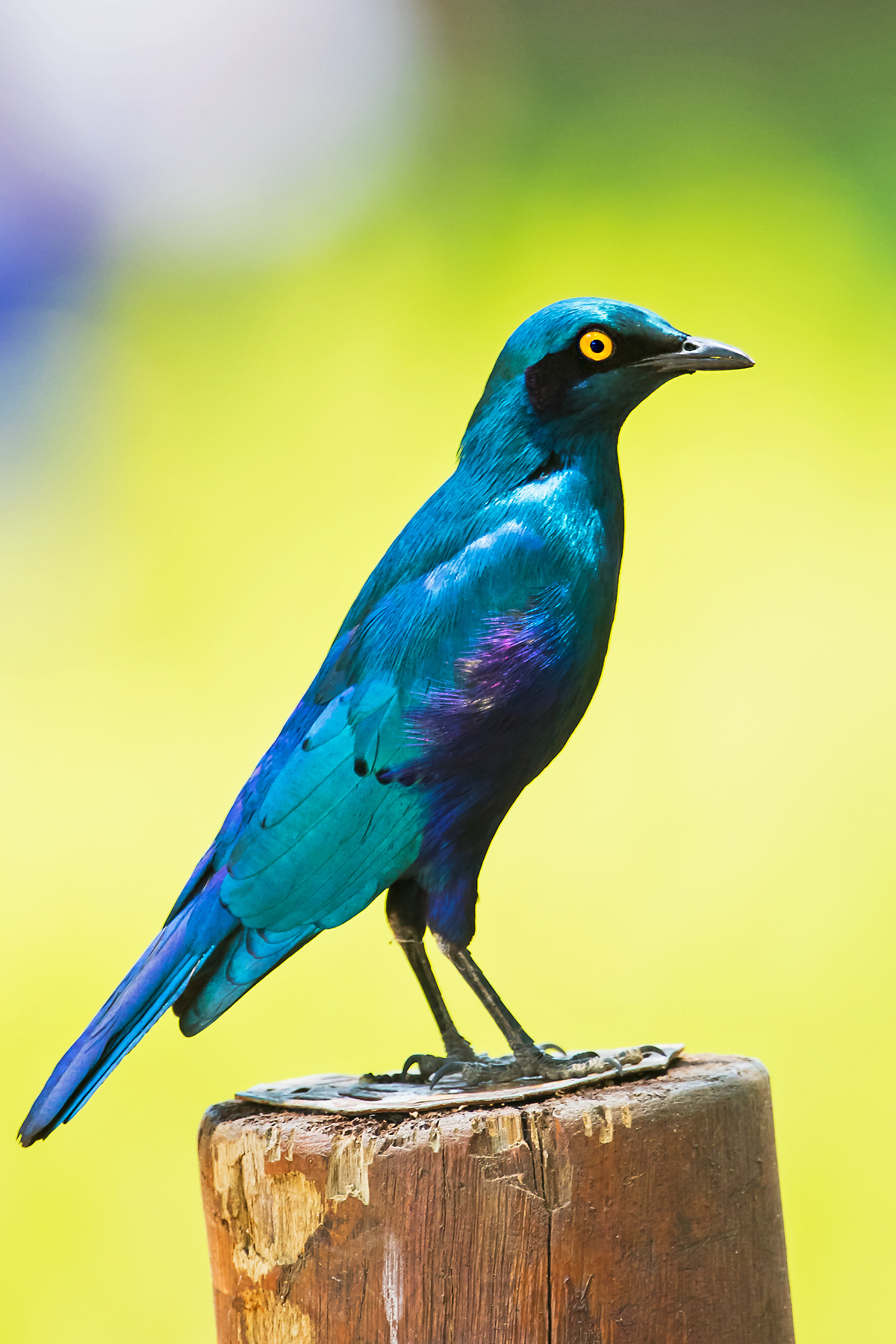
The Greater Blue-eared Starling stands as a testament to the wonders of nature’s artistry. Its radiant colors, social nature, and ecological contributions make it a true marvel. As we strive to appreciate and protect these avian treasures, let us cherish the enchanting beauty of the Greater Blue-eared Starling, a feathered gem that embodies the splendor of the natural world.

